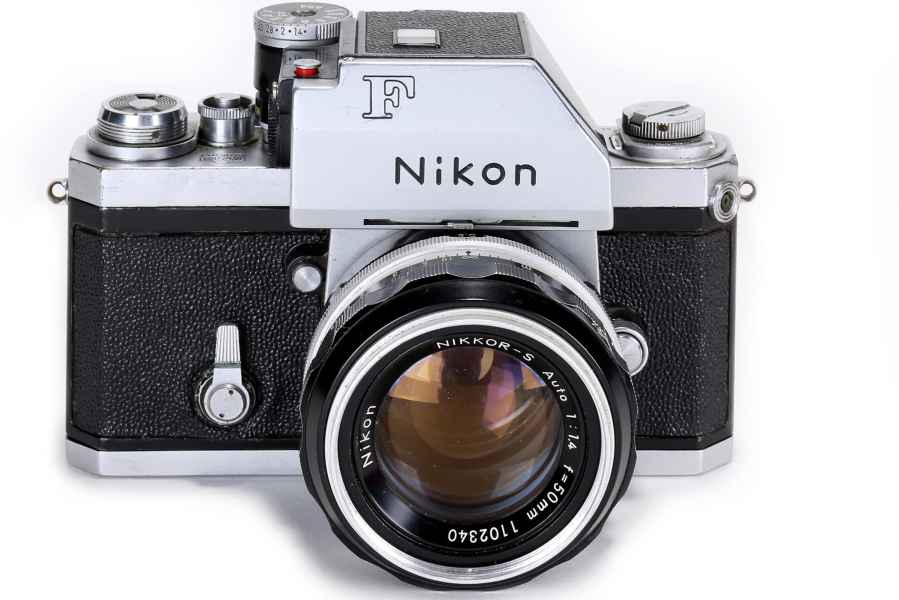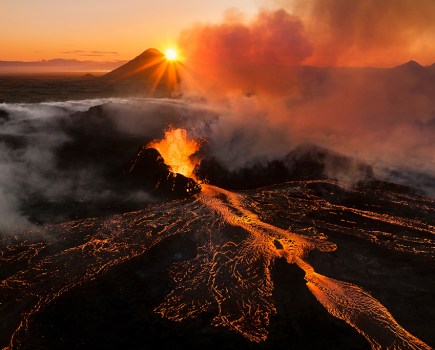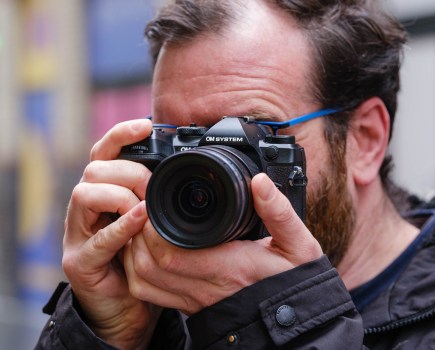One hundred and thirty-five years ago, Amateur Photographer published its first issue, and has continued on a weekly basis ever since. One-third of a century later, three Japanese optical forms came together to form Nippon Kogaku – the company now known as Nikon. In 1948 the company produced its first 35mm rangefinder, and it’s been creating the kind of top-quality cameras that are prized by AP’s readers ever since. Here we take a look at four of its most important, innovative and iconic models.
1948 – Nikon Model 1
Where it all began.
Nikon’s journey to becoming a world-leading camera manufacturer started with the Model 1 rangefinder in 1948. The oldest surviving example of this collectable classic sold for over $400,000 in 2016.

The Nikon Model 1 was a rangefinder camera that accepted interchangeable screw-mount lenses, and shot 24x32mm negatives on 35mm film – a frame size designed to better match standard 10×8 prints. It provided shutter speeds of 1- 1/500sec, and was supplied with either a 50mm f/3.5 or f/2 Nikkor lens. Fewer than 800 were made before it evolved into the better-specified Nikon M, but as the first-ever Nikon camera, it has a true place in photographic history.
1959 – Nikon F
Quite simply, an icon.
One of the most influential cameras ever made, this rugged, modular SLR debuted the F mount and established Nikon as the first choice of professional photographers worldwide.

This iconic SLR introduced the F mount that’s still in use today, and became the centrepiece of the world’s most comprehensive professional 35mm system. It toughness was legendary, and Nikon released numerous accessories throughout its long life to satisfy the changing needs of professional photographers, including TTL metering heads and motordrives. The exceptional quality of its Nikkor optics was also crucial in driving its acceptance by the most demanding photographers on the planet.
1999 – Nikon D1
The birth of the DSLR.
The first digital SLR purpose-built from the ground up, the D1 ushered in the dawn of the digital age for professionals. The ability to transfer images directly to picture desks transformed photojournalism for ever.

Announced in June 1999, the Nikon D1 has the distinction of being the first DSLR that was designed to be entirely digital from the start, rather than modified from a film body. Key selling points included its 2.7MP resolution and 4.5 frames per second shooting – both high for the time – along with full compatibility with the vast range of F-mount Nikkor lenses. Nikon carefully designed the body to look and feel a lot like the F5 35mm SLR, allowing users to swap between the two with ease. This was the first camera to really convince professional photographers that digital capture was the future.
2018 – Nikon Z 7
Mirrorless done right
All the advantages of full-frame mirrorless, but with all the assured handling of a Nikon. This is where the future of photography lies.

This superb camera feels just like a thoroughbred Nikon, but one that just happens to use an electronic, rather than optical, viewfinder. It delivers equally as stunning image quality as the firm’s best-ever DSLR, the D850, but in a smaller and lighter body with the considerable advantage of built-in image stabilisation. The new, fully-electronic Z mount, with its large diameter and short registration distance, allows a new generation of innovative lens designs that simply wouldn’t be feasible for DSLRs. It’s the start of a bright new era for photographers and for Nikon.
Explore the range at www.nikon.co.uk








